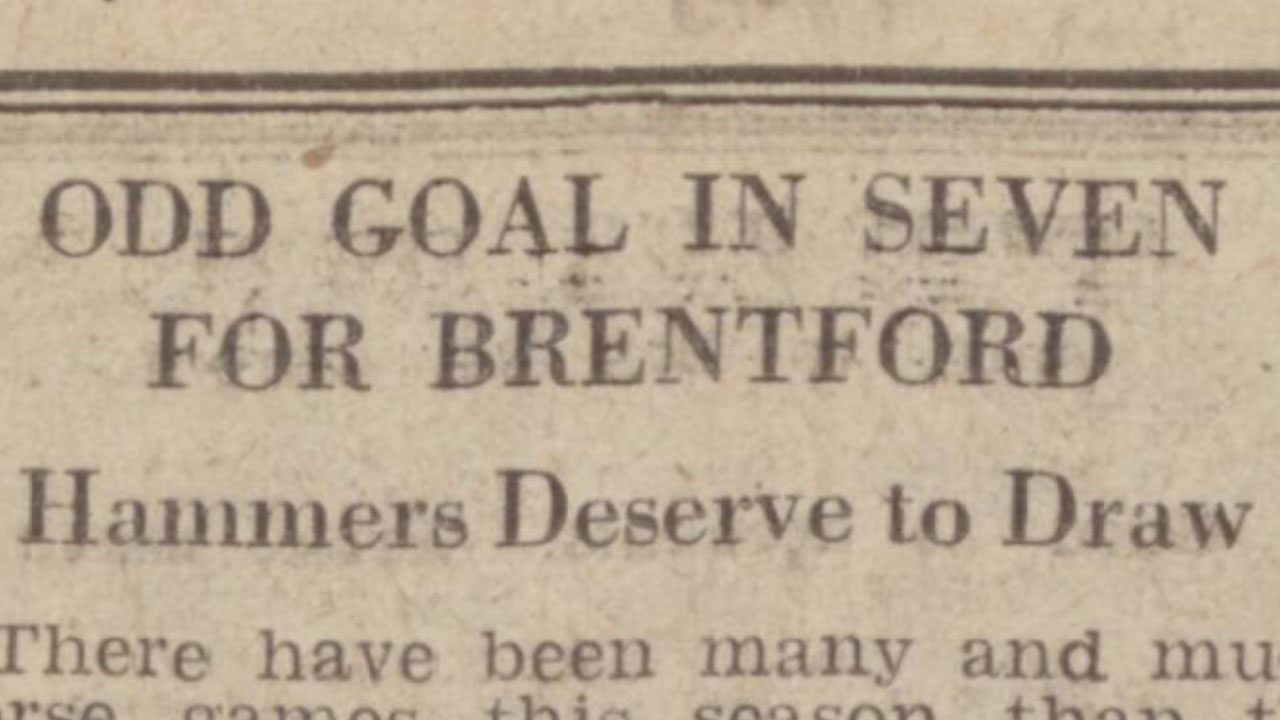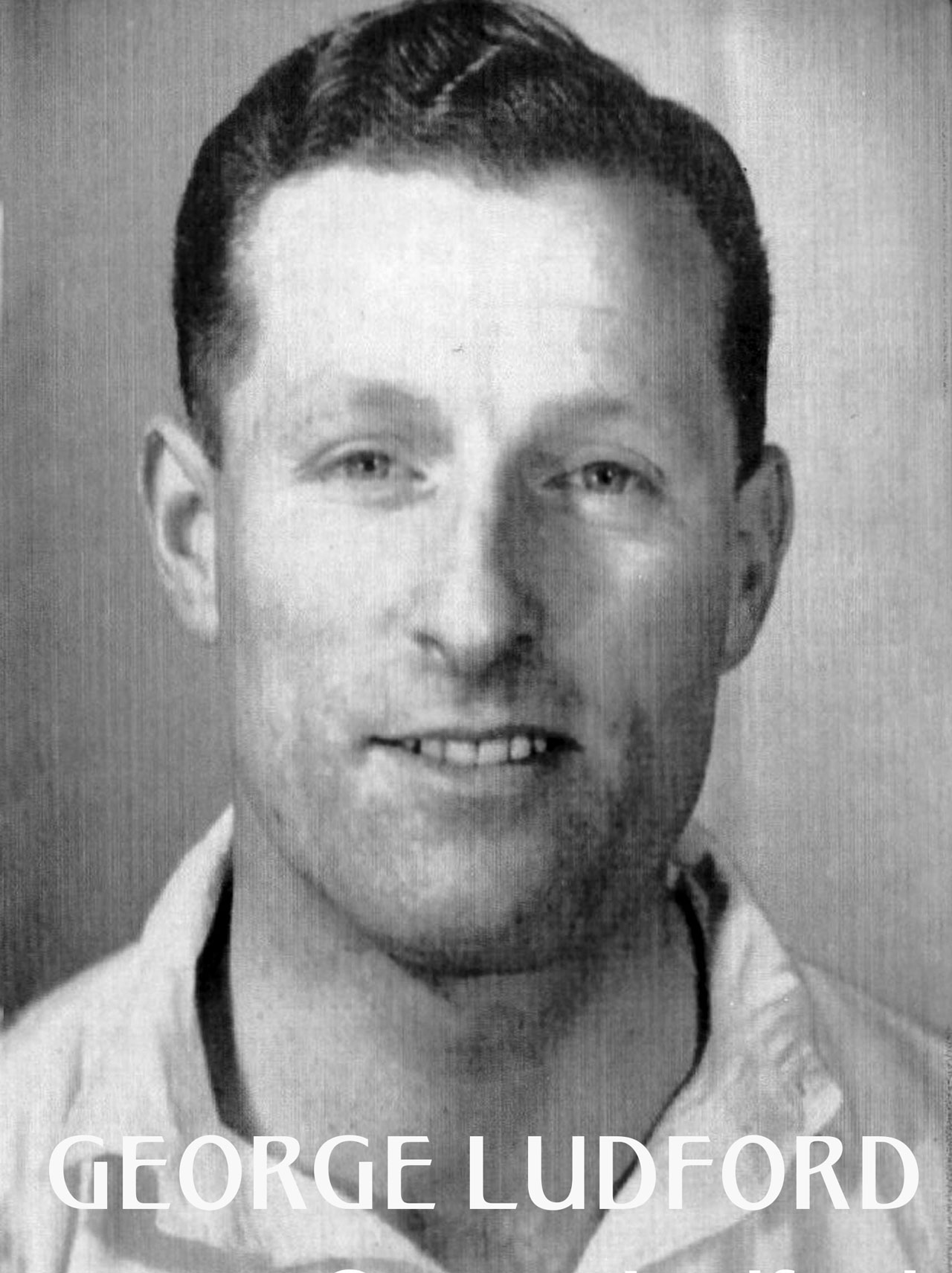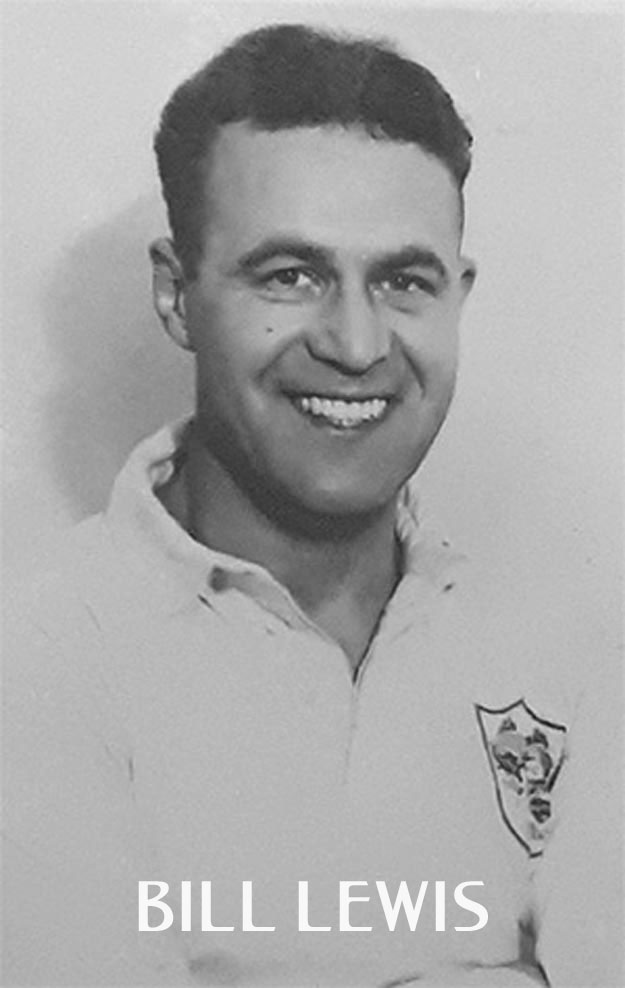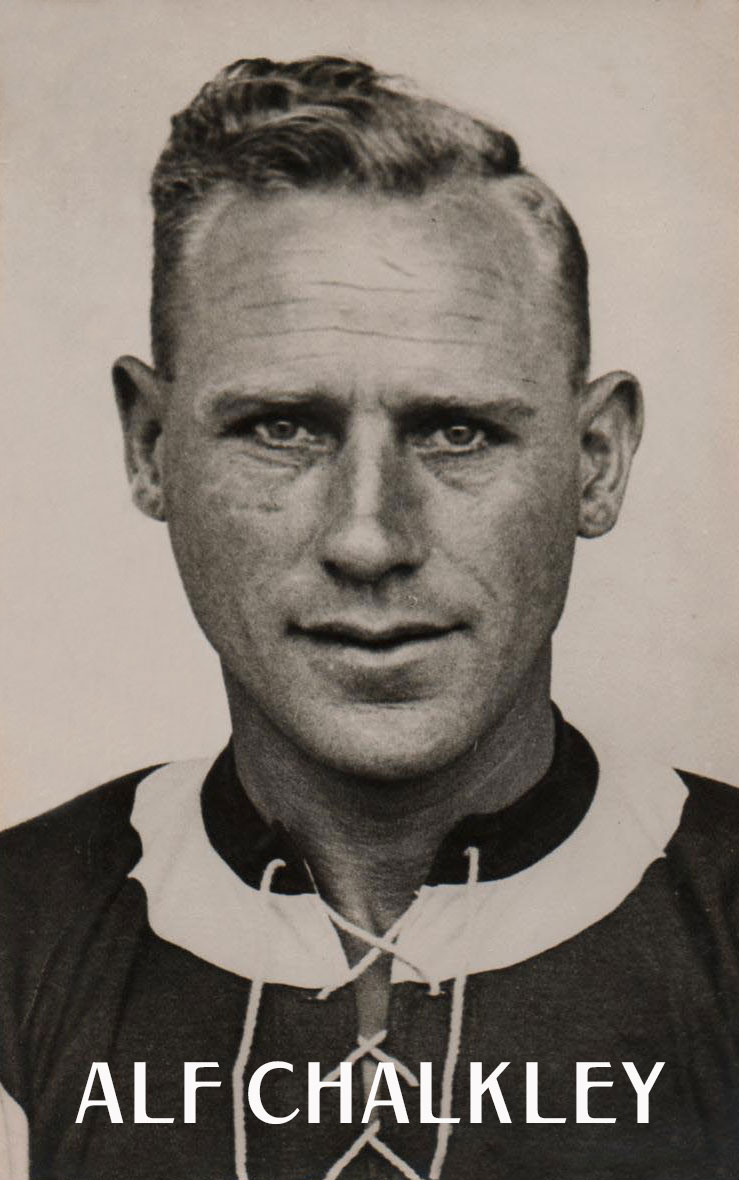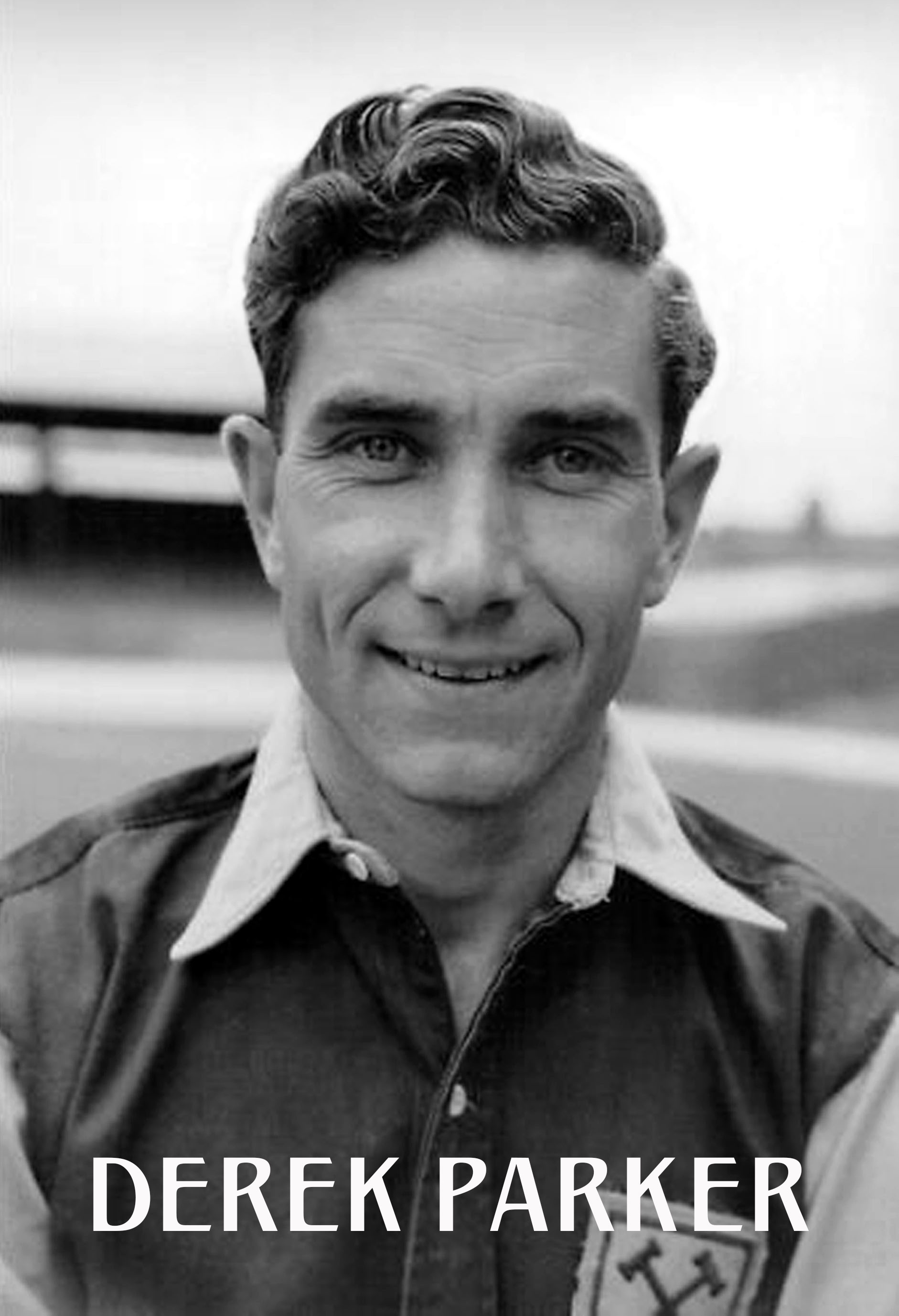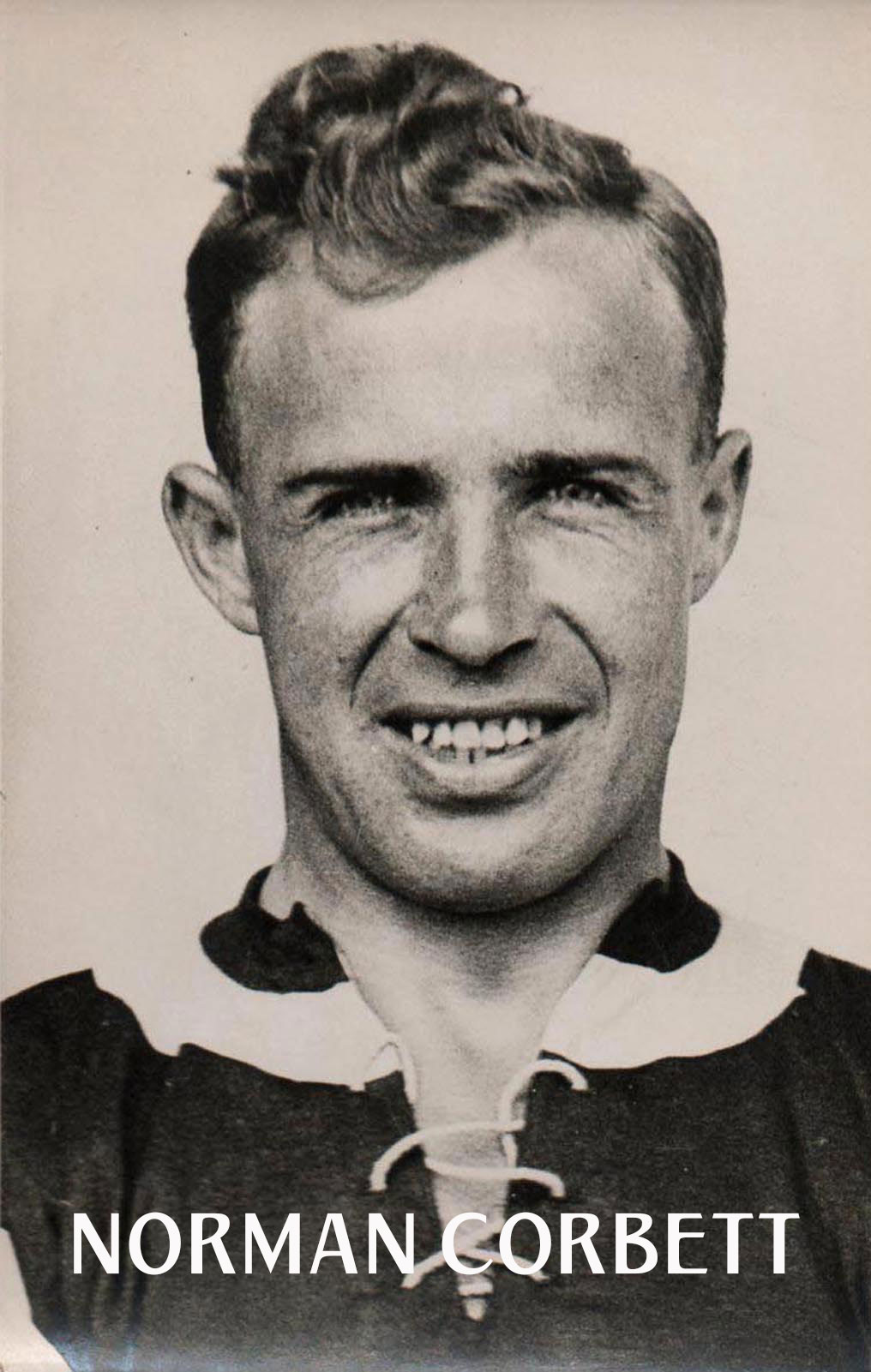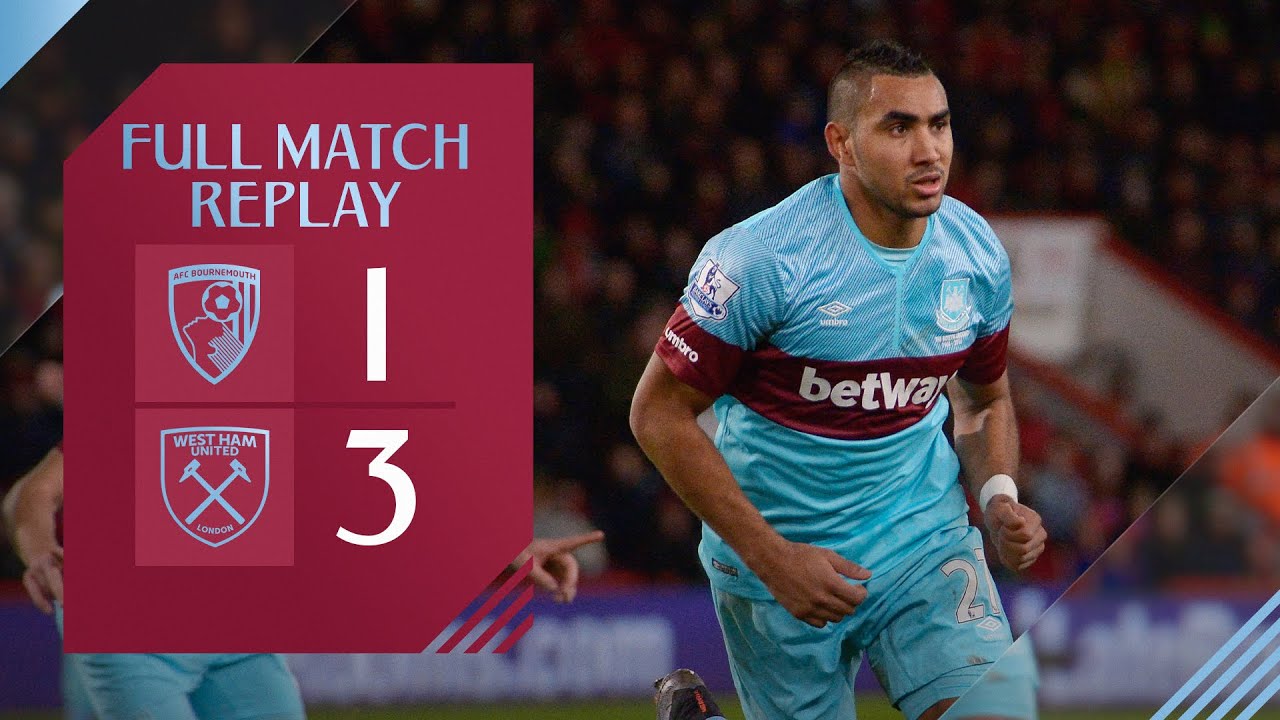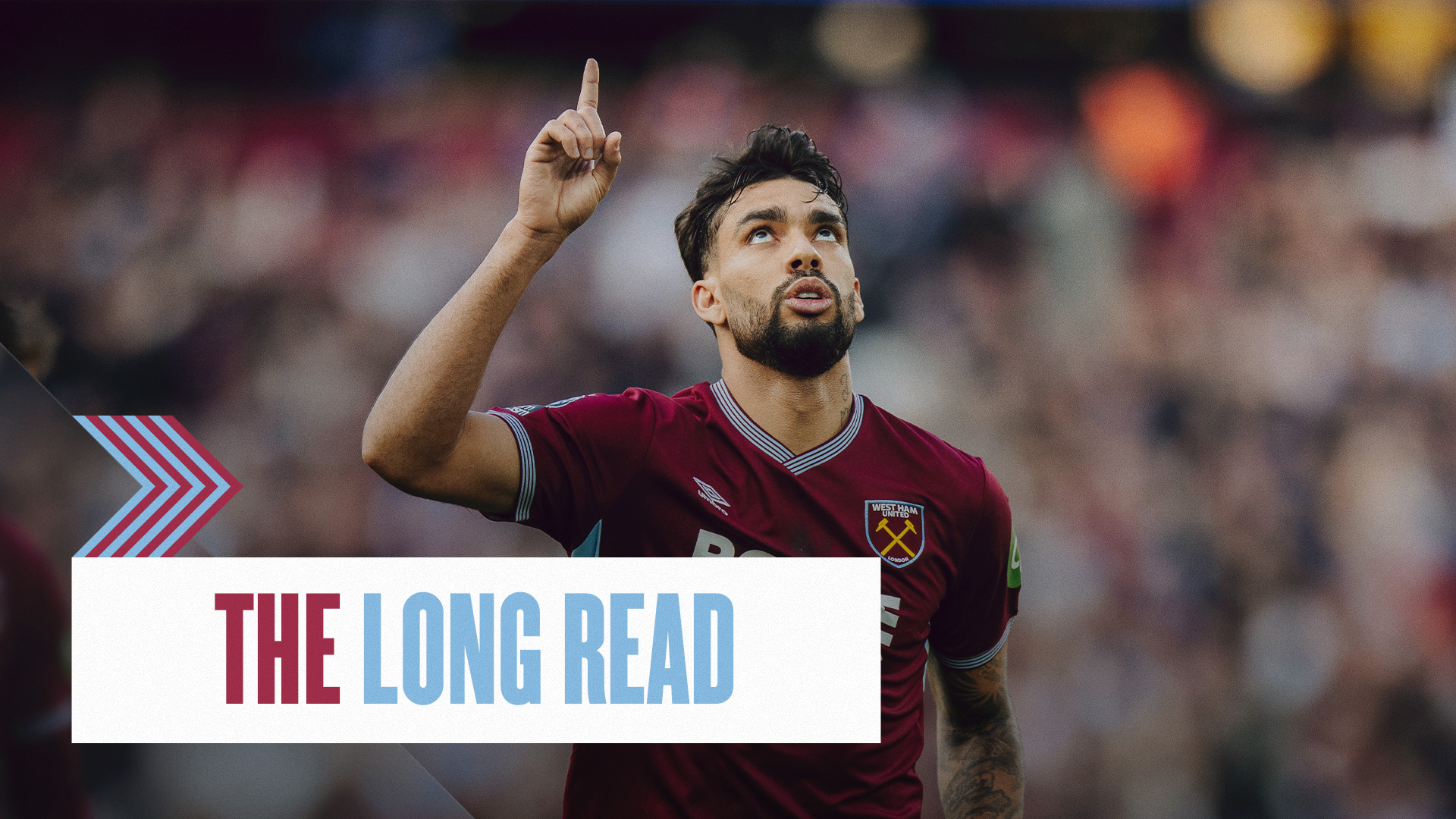The eighth of May is celebrated across Europe as VE Day, marking the Allies’ acceptance of the unconditional surrender of German armed forces and the beginning of the end of the Second World War.
After nearly six years of hostilities and tens of millions of deaths across the world, the global conflict marked the deadliest war in human history.
While the war continued in the Pacific theatre until 2 September, when it finally ended with the surrender of Japan, VE Day was and continues to be commemorated annually in the United Kingdom and other countries, including France, Poland, Norway, the Czech Republic, Slovakia and Ukraine, which had been liberated from the occupying Axis alliance of Germany and Italy.
The onset of the Second World War in September 1939 led to the Football League and FA Cup being suspended and cancelled until the start of the 1946/47 season.
In the meantime, regional league competitions were organised to save on resources needed to travel. The Football League War Cup replaced the FA Cup and its first edition won by West Ham United at Wembley Stadium in June 1940 (pictured below).
The Hammers continued to play in War League South, with dozens of players, including ‘guests’ from other clubs who had enlisted in the armed forces and were stationed nearby, wore the Claret and Blue shirt in those seven uncertain seasons.
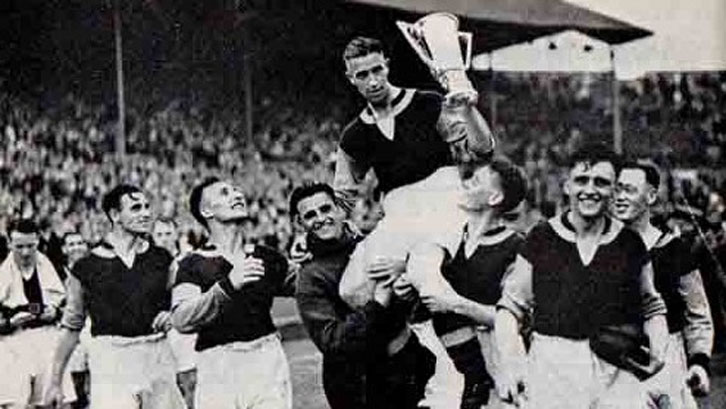
Football remained a source of both exercise and of morale for a population of east London which became increasingly used to Axis bombs falling on their homes and places of work, causing horrific death and destruction.
Hence, when VE Day arrived on Tuesday 8 May 1945, there was a huge outpouring of joy and relief, and among the events hastily arranged to celebrate the end of war in Europe were football matches, which were played on the following day, Wednesday 9 May.
The evening newspapers advertised these games, including a special challenge match between the Combined Services and Police – including West Ham’s Ted Fenton – and Civil Defence Service at Wembley Stadium, Liverpool v Preston North End, Burnley v Blackburn Rovers, Charlton Athletic v Millwall, Newcastle United v Sunderland, Brentford v West Ham and Sheffield and Potteries derbies in England, along with Queen’s Park and Celtic at Hampden Park and Edinburgh and Dundee derbies in Scotland.
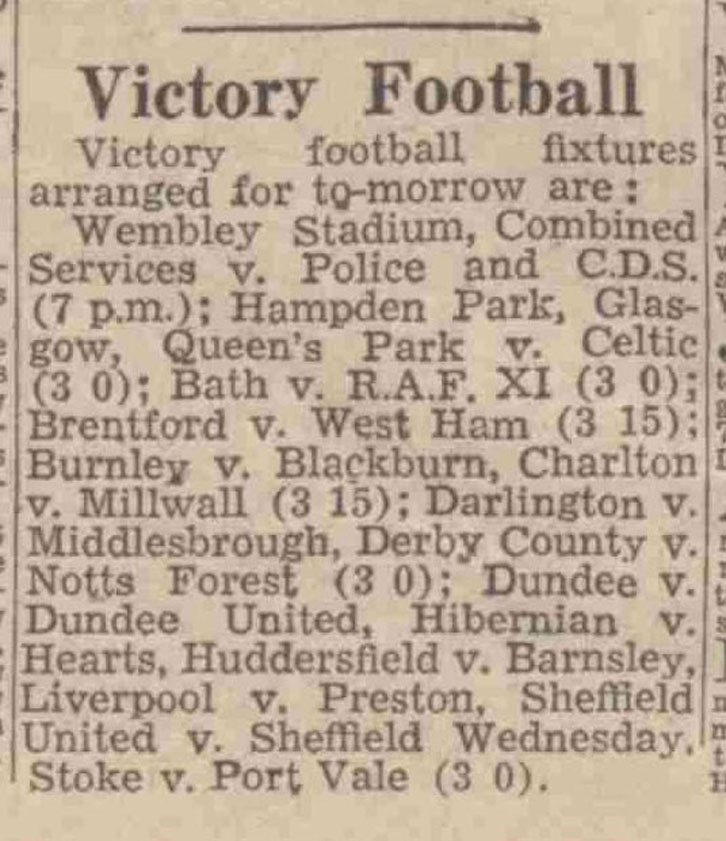
As mentioned, clubs were by then used to fielding ‘guest’ players and, with the war having only formally ended the previous day, many were still posted many miles from their home clubs.
As such, West Ham’s team to face Brentford was a combination of contracted Hammers and guests.
Goalkeeper George Taylor had signed from Gainsborough Trinity in 1938, but had to wait eight years to make his Football League debut in September 1946, while full-back Alfred Chalkley was aged 40, had made his West Ham debut in the First Division in 1931 and played his last Football League game in November 1936!
Bill Lewis never played an official game for the Hammers but amassed 129 war-time appearances before joining Blackpool and later starring for Norwich City.
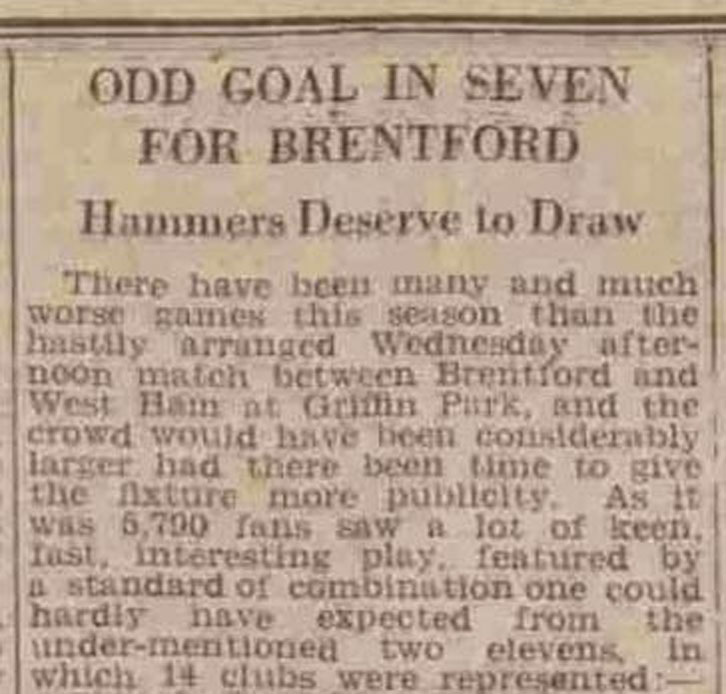
Scottish right-half Norman Corbett famously arrived late at Wembley to celebrate the 1940 War Cup win in his army fatigues. He had signed from Heart of Midlothian in 1937 and played for West Ham until 1950, when he joined the coaching staff.
Inside-forward Derek Parker had joined from Grays Athletic in 1944 and was a Hammer until 1957, when he transferred to Colchester United, having played 199 times in the Second Division and 218 games overall.
Six guests appeared alongside the five Hammers. Left-back Jack Milburn had been with Leeds United before the war and is considered an Elland Road great, half-back Harry Daniels was on Queens Park Rangers’ books, wing-half Arnold Lowes was with Sheffield Wednesday, prolific centre-forward Freddie Steele with Stoke City, outside-left Bert Stephens with Brighton & Hove Albion and defender George Ludford with Tottenham Hotspur.
Brentford fielded eight of their own contracted players, alongside guests John Blair from Scottish club Motherwell, Eric Jones from West Bromwich Albion and record-breaking centre-forward Ronnie Rooke from Fulham.
With so much talent on the field, and a celebratory atmosphere in the stands and on the pitch, it should have come as no surprise that the two teams put on a show for the 5,790 supporters who attended Griffin Park.
“Fans saw a lot of keen, fast, interesting play, featured by a standard of combination one could hardly have expected from the under-mentioned two elevens, in which 14 clubs were represented,” gushed a report in the Middlesex Chronicle newspaper. “From the start, it was evident that both teams were going all out to win.”
Brentford took the lead inside five minutes through Rooke, whose career saw him net an incredible 765 league goals at all levels and win the First Division title with Arsenal in 1947/48, aged 36.
Bob Thomas made it 2-0 before Stephens pulled a goal back for the visitors, only for Jones ‘slid round three defenders in a neat penalty area prance to give Brentford a 3-1 lead at the break’.
West Ham dominated the half-hour after the interval and got one back when Steele headed in Ludford’s cross, then equalised through Stephens, moments after Brentford had been reduced to ten men by an injury to defender George Poyser.
However, the Bees had other ideas and that man Rooke scored what turned out to be the winning goal ten minutes from time.
“Most spectators, myself included, thought the Hammers were fully entitled to draw by reason of their polished football in the second half,” the report observed.
Milburn and Chalkley were singled out for the defending, while Lowe and Stephens were ‘ever a menace’, and 18-year-old Parker ‘little more than a boy, showed good form on the right wing’.
Despite the war ending in Europe, the Football League did not restart until August 1946, meaning West Ham competed in the War League South again in 1945/46, finishing seventh of 22 competing clubs.
